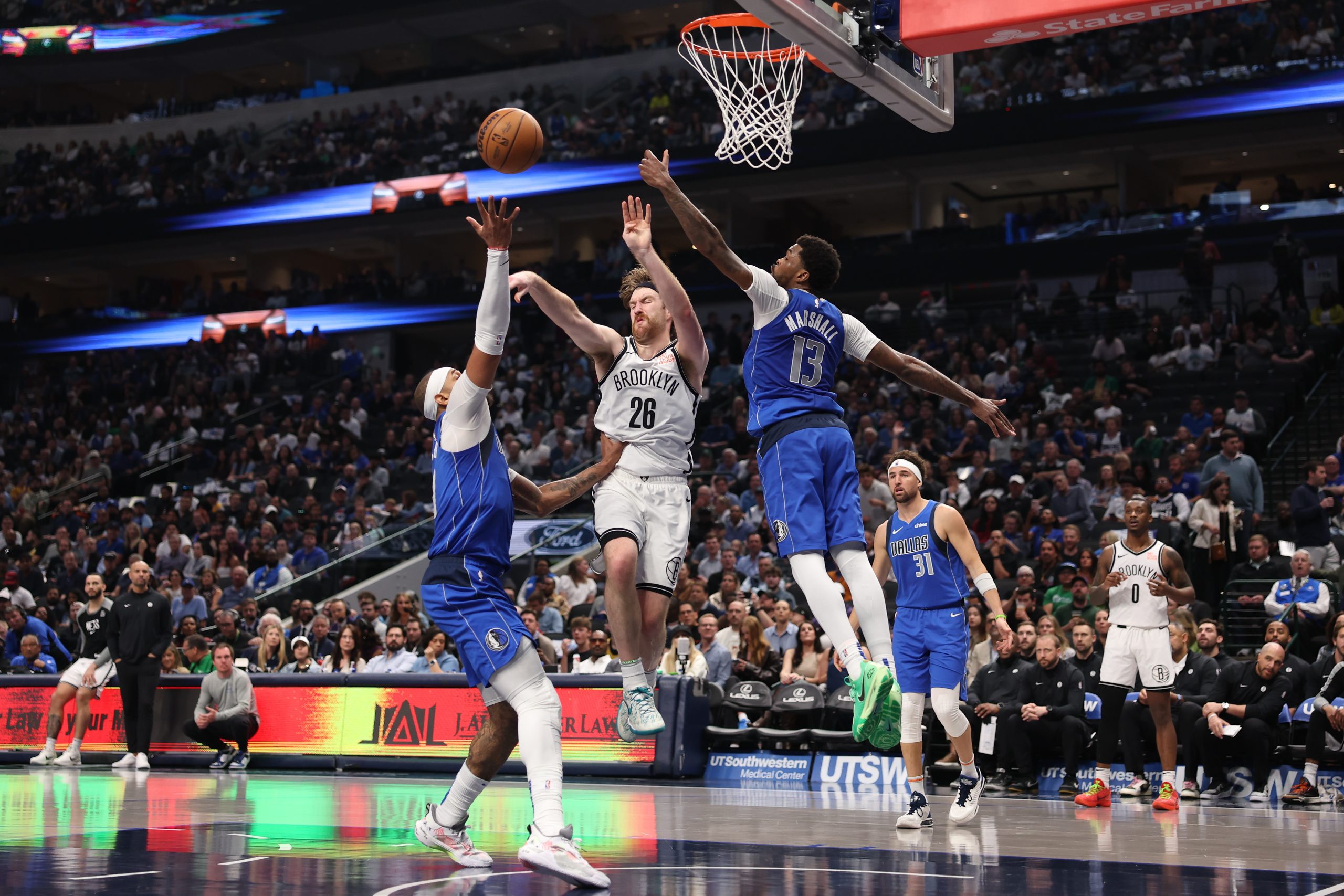When the Boston Celtics announced they had acquired Malcolm Brogdon via trade earlier this summer, it was as if our birthdays had come early. After falling short in the NBA Finals, the need for a shot creator off the bench was apparent, which spurred Brad Stevens into action.
Yet, while we were all calling for some more potency from the bench, you would be hard-pressed to find many people who thought Brogdon would be a viable target. I mean, almost every Celtics fan wanted him, but not many believed his arrival would be possible without giving up significant assets in return. Yet, once the Indiana Pacers decided to hit the self-destruct button, the notion of seeing Brogdon in green suddenly morphed from being a dream into a potential reality.
Against the Charlotte Hornets on October 3, we finally got to see Brogdon take to the court in the TD Garden and run the rule over what his diverse skillset can do for a Celtics team that was already among the league’s elite. As it turns out, Brogdon can provide a lot.
It all started with the veteran’s processing speed — a term I once hated because it made players sound like robots that could be upgraded and/or discarded without a second thought, but have come to appreciate as an all-encompassing term for mental intangibles that separate the good from the elite. In general, processing speed is the ability to perceive an action, decide how to respond to said action, and then execute your response – and the faster you can do those three things, the quicker your processing speed is.
According to the National Center for Biotechnology Information, all elite athletes have off-the-charts processing speeds, “In conclusion, we have demonstrated that professional athletes as a group have extraordinary skills for rapidly learning unpredictable, complex dynamic visual scenes that are void of any specific context. It is clear from these results that these remarkable mental processing and learning abilities should be acknowledged as critical elements for world-class performance in sport and potentially elite performance abilities in other dynamic contexts.”
This above possession is an exceptional example of Brogdon’s ability to react to an ever-changing environment at speed while still making the best basketball play available to him. As we can see, the Charlotte Hornets are looking to take away the middle of the court by overloading it with defenders, while the low-man is expected to rotate over to corner shooters should a pass make find its way over there.
The image above shows how many bodies are pressuring the perimeter and how LaMelo Ball’s positioning is designed to take away the skip pass to Marcus Smart in the corner. Yet, as shown in the clip above, Brogdon remains patient, continues to drag his dribble out, and once an angle opens, the one-handed scoop pass is darted into Smart.
Those types of angles are usually available, but by the time a guard has recognized they’re there, the defense has plugged the gap — but with high-level processing speed, the reaction is almost instantaneous, similar to how you apply pressure to the break of your car when you see the car in fronts break lights come on.
As such, the ball pings about quicker, and players feel the freedom to cut and relocate, knowing Brogdon will find them when they create separation from the defense. Couple that with the 29-year-old’s scoring ability, and suddenly, he seems almost uncontainable; look at how he forces a defensive collapse before kicking the rock out to Grant Williams in this clip below.
Don’t get me wrong, processing speed and playmaking are not the same. To be a good playmaker, you need a high degree of passing skill coupled with a keen sense of timing. Still, when you amalgamate those playmaking skills with elite-level processing speed, you get a creative monster, and from early indications, that’s what Boston has acquired in Brogdon.
Moving on, we also saw some scoring ability from the Georgia native, both off the catch and off the dribble. This will only strengthen his position as a creator, as the defense will always have a tough decision to make. Sure, Brogdon only went 2-of-6 from deep against Charlotte, but it was the first pre-season game; alongside new teammates, in a new role, give him time.
Nevertheless, we can expect to see some improved offensive performances from Brogdon shortly, and moments like the clip below make me feel comfortable that he will certainly hover around his career 37.6% three-point average.
“He makes the right plays, he’s a threat at all times, and he’s definitely going to make us better overall. He’s more than capable of being a go-to player in this league. For him, being able to come in, run things, and also get us all going, as you saw tonight he had a well-balanced game…He makes it easier for me, he’s a threat out there, he’s able to score the ball, get to his right hand, he’s able to make the right read. So you’ve gotta respect him, each and every night. And that makes us harder to cover because you’ve got to pick and choose who you want to stop,” Jaylen Brown told reporters following Brogdon’s Celtics debut.
Unfortunately, we didn’t see enough of Brogdon’s off-ball play to dive into his impact there. Still, given his three-level scoring ability and nous for creating scoring chances in an instant, something tells me there’s going to be tremendous upside to having him operate as a cutter or inverted screener throughout the year.
Defensively, Brogdon projects to be another high-level addition to a team that sent shivers down the spine of offenses worldwide. At 6’6″, the former Rookie of the Year’s frame is built for switchy basketball, both on the perimeter and the interior, and gives him a solid body to make an impact on the glass.
You see, processing speed doesn’t just help on offense… it’s also a significant part of becoming an impactful defender and certainly helps in screen navigation, lateral changes, and executing coverages. Although, if you can process the action in front of you, but your twitchiness is limited, then that’s a tough break. Luckily, Brogdon is twitchy, switchy, and deceptively fast (i couldn’t find a third rhyming word), which is a perfect trifecta for a guard of his size.
Here, we can see Brogdon switch onto James Bouknight (switchy), recover from a cross-over and change directions on a dime (twitchy) and then stay connected to the play, both in the rear-view and on Bouknight’s hip (deceptively fast) forcing the missed shot as a result.
With that type of defense and the skillset, Brogdon will slot right into Boston’s defensive schemes and will significantly boost the bench rotation on both sides of the floor. Still, we would be remiss not to mention, at least in passing, Brogdon’s rip-and-go ability when securing a rebound.
In true Russell Westbrook fashion, Brogdon likes to secure the rock on the defensive glass and push the pace in transition – often leading to easy dimes or buckets. Given the intense speed, Boston looked to play with on Sunday, October 2, having a guard capable of rebounding and getting out on the break will be a tremendous help, should Joe Mazzulla opt to continue asking his team to play with the pace.
Overall, Brogdon looks to be precisely what Boston was missing last season, and his addition has given the Celtics a whole new dimension for opposing teams to contend with. So, as he continues to settle in with the franchise and his new teammates, Brogdon will be an integral part of what Boston aims to achieve this year, and because of that, our initial excitement appears to be justified.






